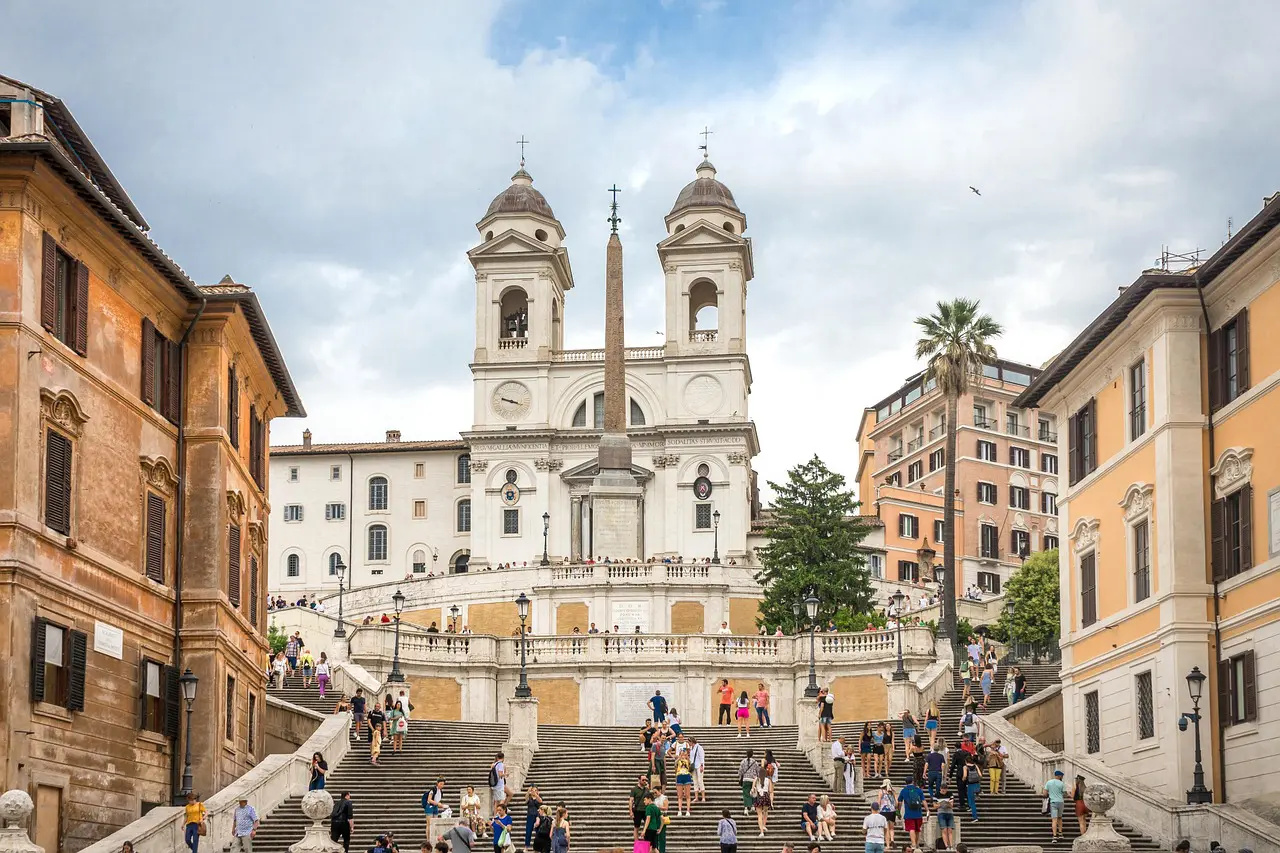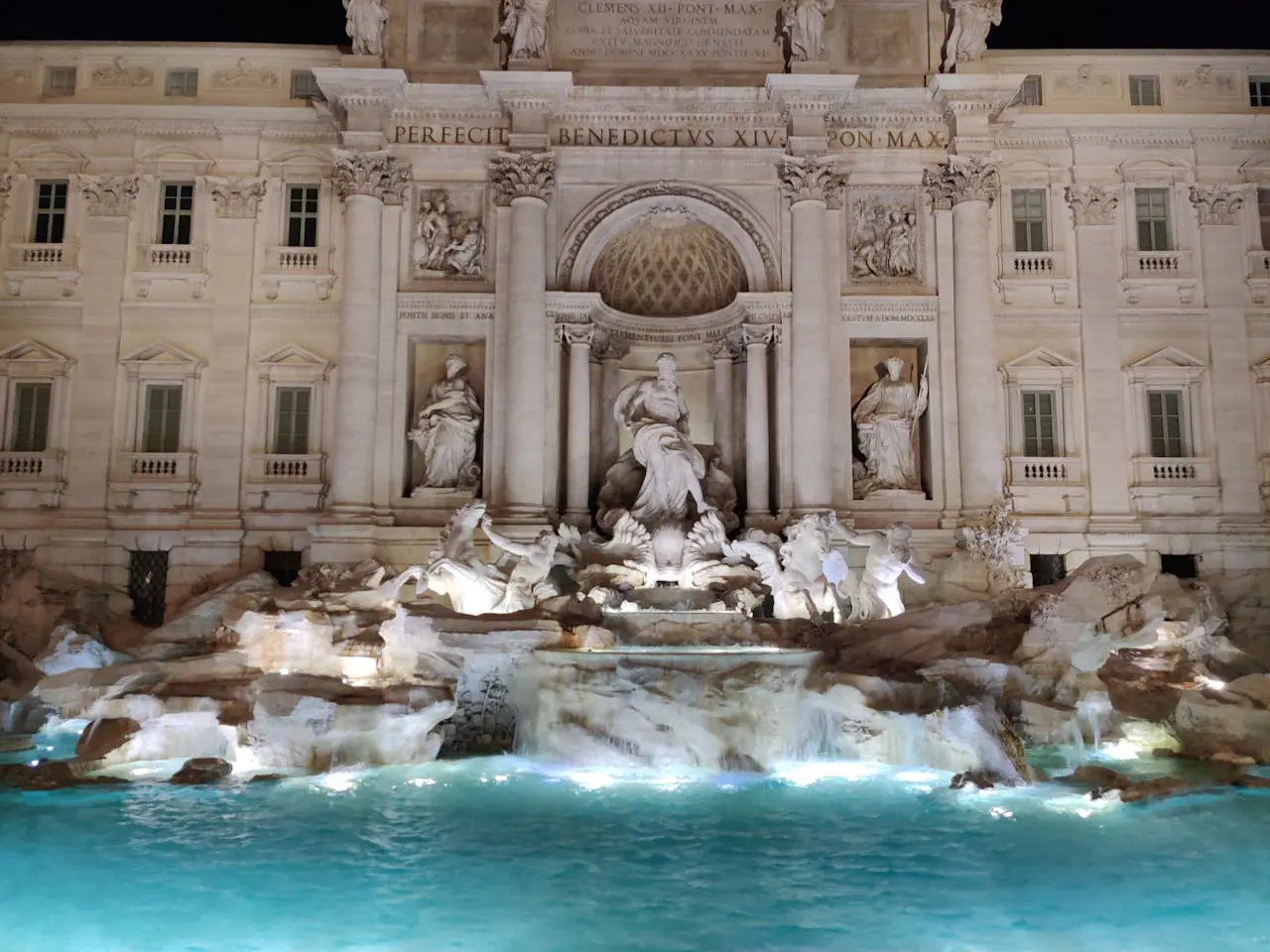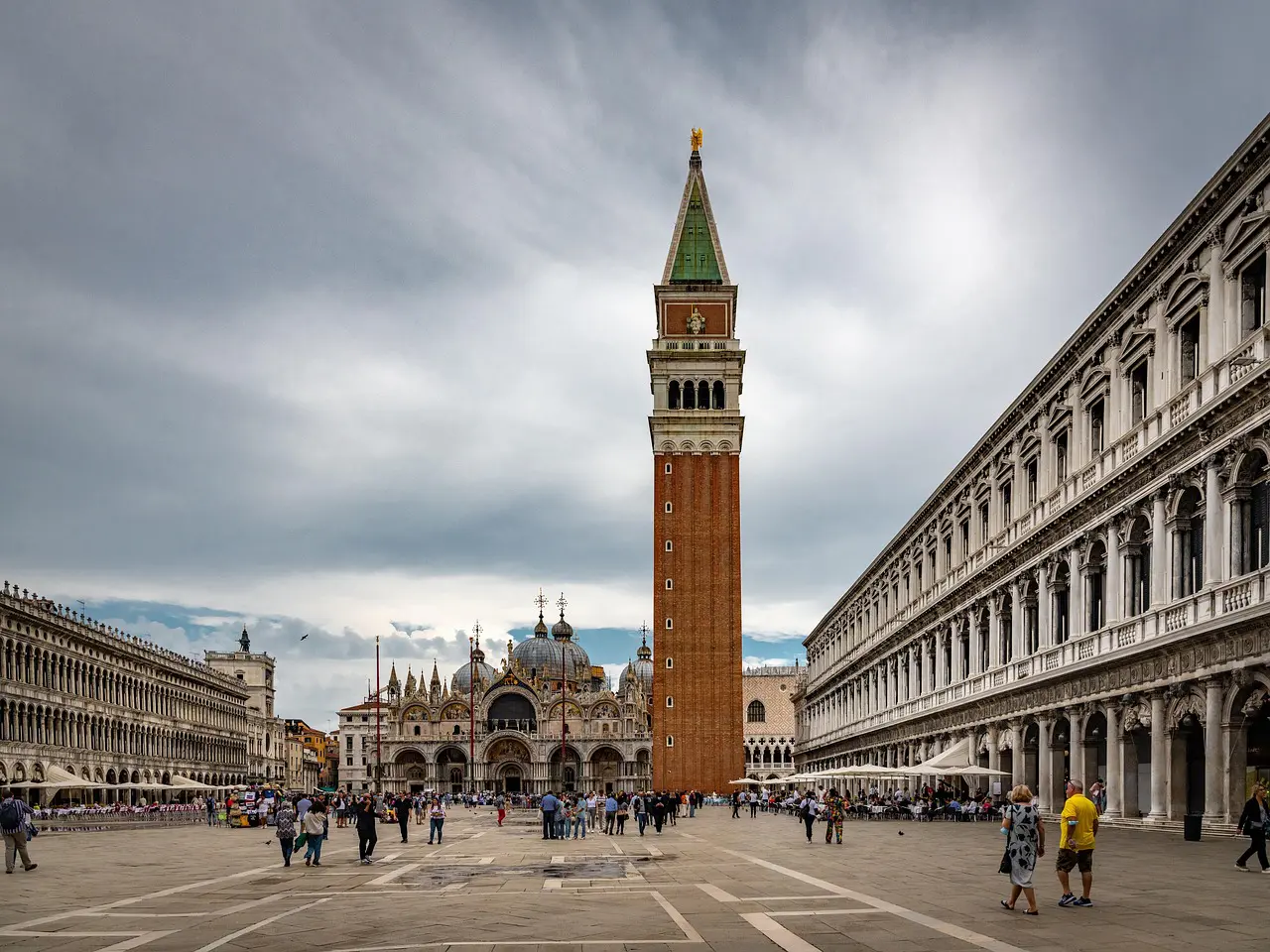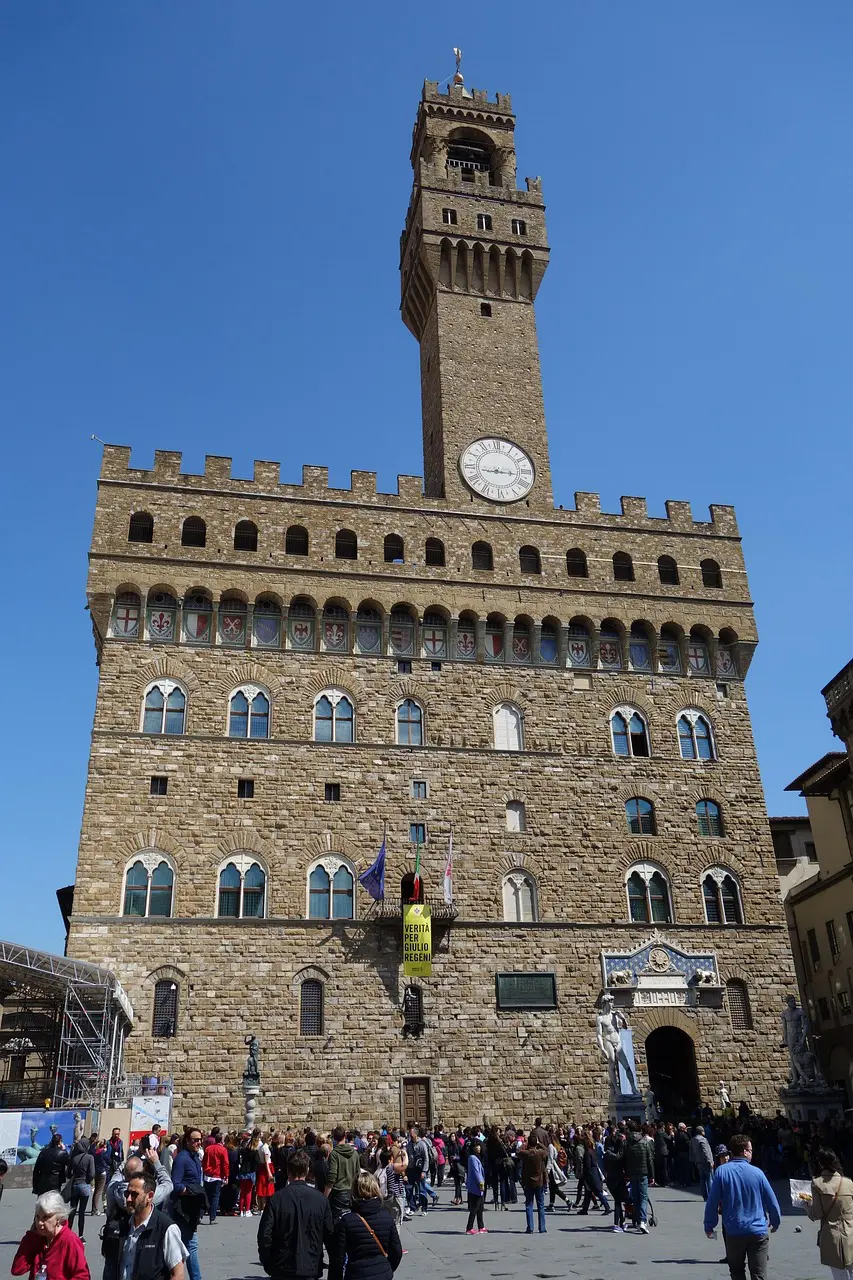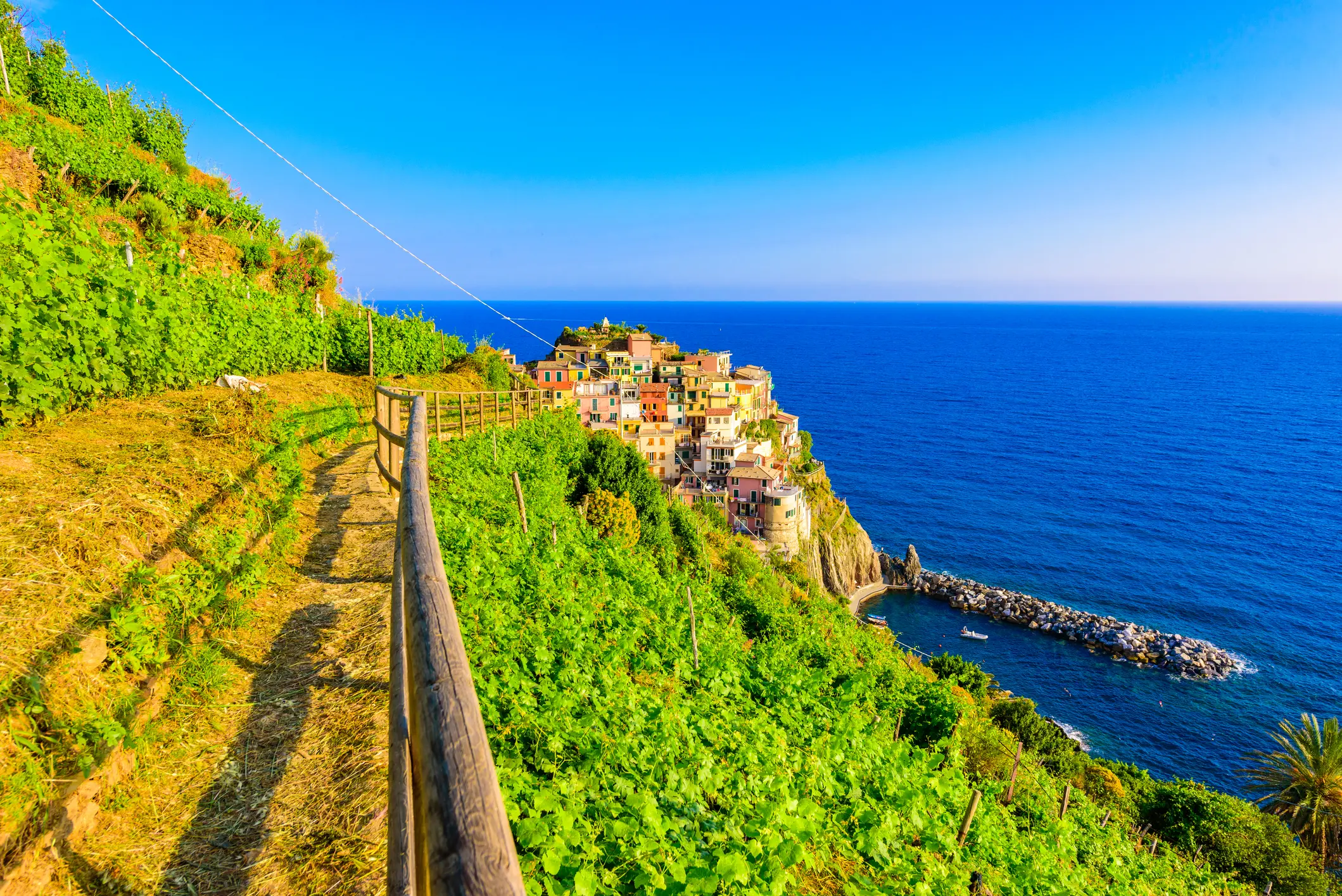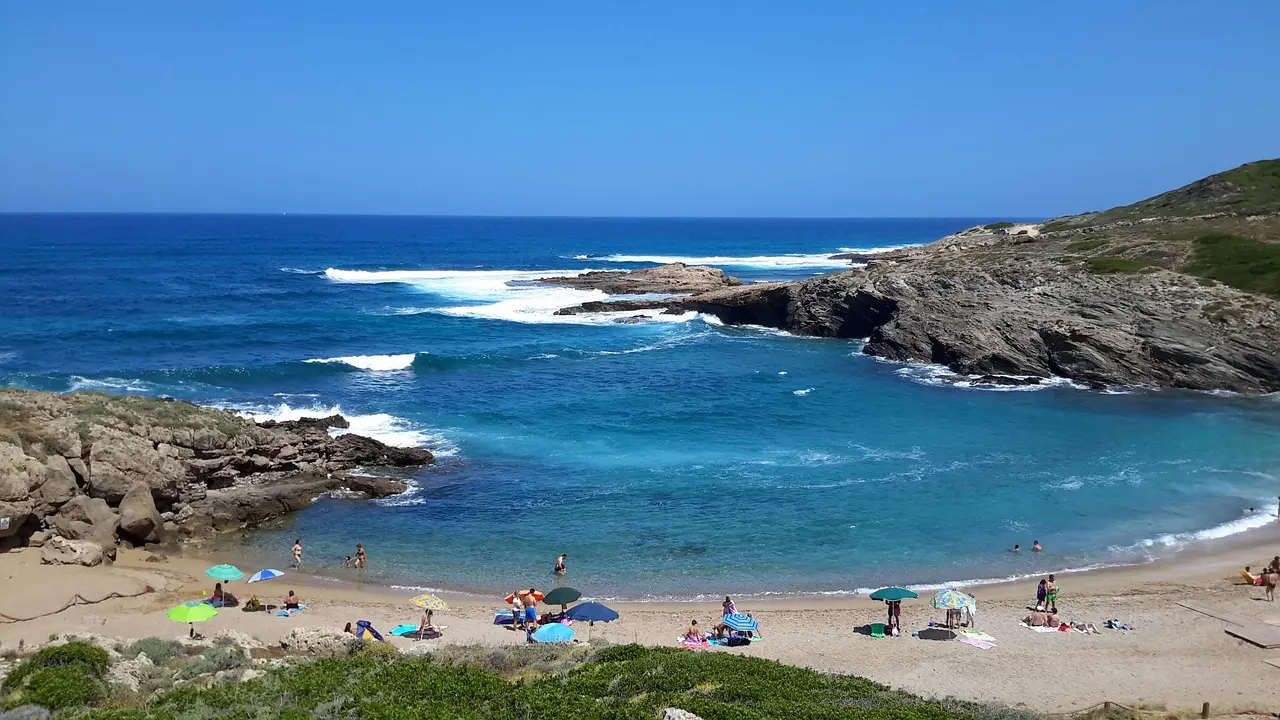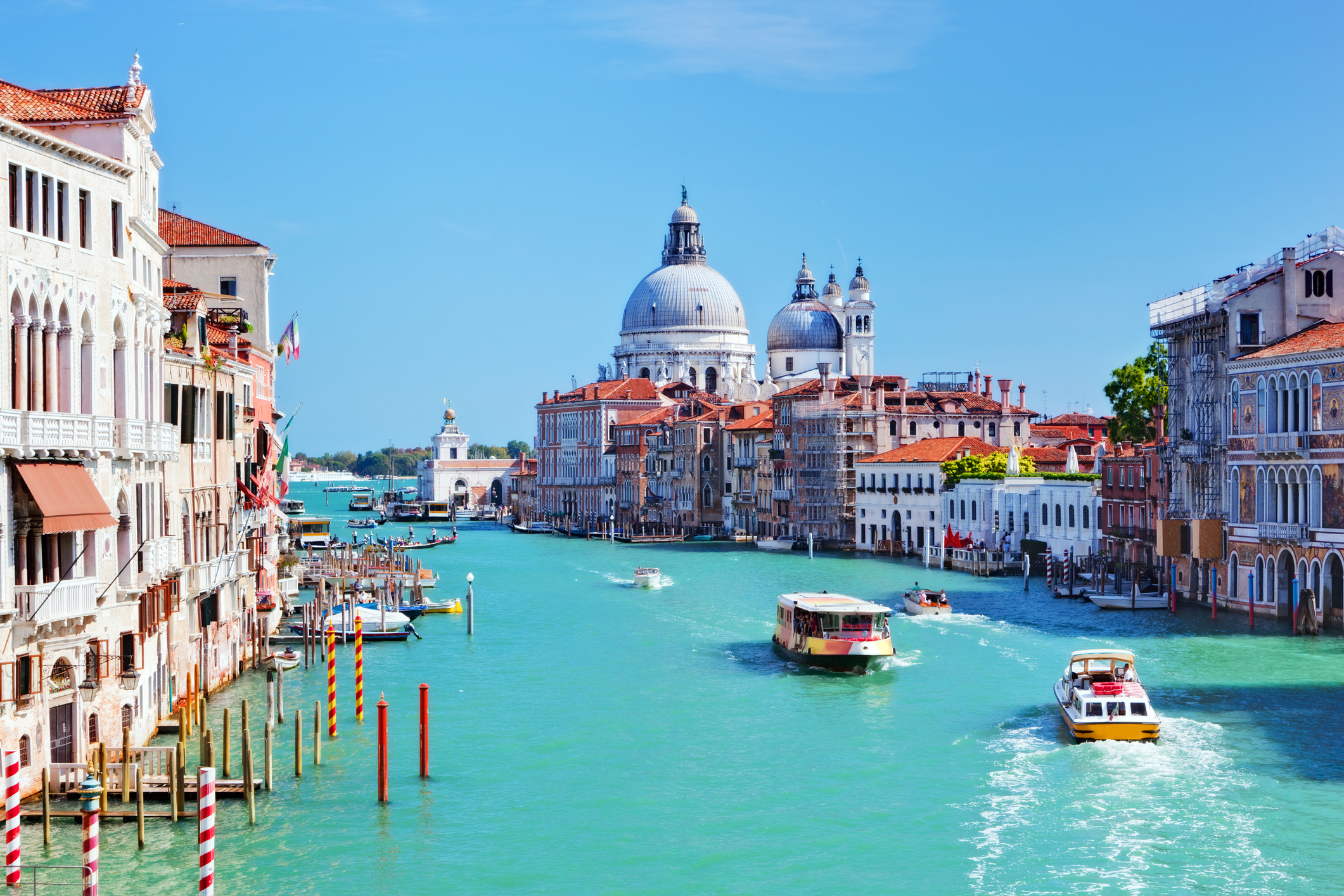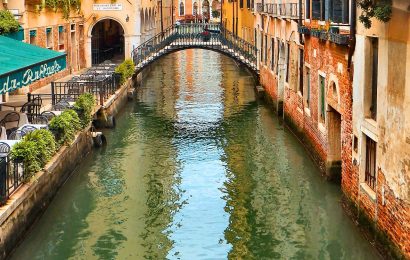Italy welcomes millions of visitors each year with its timeless art, romantic canals, ancient ruins, and world-famous cuisine. From Rome and Venice to Florence, Cinque Terre, and Sardinia, every corner of the country feels like a dream come true for travelers.
But here’s the catch: Italy has also become one of the strictest countries in Europe when it comes to protecting its heritage and daily life from the pressures of mass tourism. What may seem like a harmless photo op, snack break, or beach souvenir to you could result in a fine, a ban from entering an attraction, or, at the very least, some angry glares from locals.
ID 193187996 | Colloseum ©Vitalyedush | Dreamstime.com
In recent years, Italian cities and regions have rolled out dozens of Italy travel rules to preserve monuments, protect fragile environments, and keep daily life manageable for residents.
From sitting on the Spanish Steps in Rome to wearing flip-flops on Cinque Terre trails or even taking home sand from Sardinia, small mistakes can add up to big trouble.
So before you plan that dream trip, here are the tourist mistakes that could cost you hundreds of euros in Italy’s most beautiful cities and regions – and practical tips on how to not get fined in Italy.
Sitting or Eating on the Spanish Steps in Rome
The Spanish Steps (Scalinata di Trinità dei Monti) are one of Rome’s most iconic landmarks. They’ve been featured in movies like Roman Holiday, and, for decades, tourists loved sitting there with gelato in hand, people-watching.
But in 2019, the city of Rome introduced a new regulation: sitting, eating, or drinking on the Spanish Steps is strictly forbidden.
Why? Because the 18th-century marble staircase was being stained and damaged by food, drinks, and sheer overuse. Repair costs were skyrocketing.
The fine: €250, up to €400 if you’re caught sitting, eating, or even dragging your luggage on the steps. The fine is even higher if the steps are damaged or dirty.
Tip: admire them, take your photos, but if you want to rest, grab a bench in Piazza di Spagna instead.
Swimming or Bathing in Fountains
Throwing a coin in the Trevi Fountain? Perfectly fine (and tradition says it ensures your return to Rome). Jumping in to cool off during summer? Illegal – and expensive.
Rome has dozens of historic fountains, many centuries old, and using them as bathtubs or swimming pools is both damaging and disrespectful.
The law: swimming, wading, or even dipping your feet in Rome’s fountains has been banned since 2018 under the city’s “urban decorum” regulations.
The fine: between €200 and €500.
Venice too: jumping into Venice’s canals might seem tempting during a hot day, but it’s both dangerous and illegal. The fine? Up to €500.
⚠️ Caution: even dangling your feet in Trevi Fountain for “just one picture” is enough to get you fined.
Dress Codes in the Vatican and Italian Churches
Italy is home to countless religious sites, but none as famous as St. Peter’s Basilica in Vatican City. If you don’t dress appropriately, you won’t just risk looking out of place – you may be denied entry.
The rule: both men and women must cover their shoulders and knees when entering churches, basilicas, or monasteries.
The fine: there isn’t a monetary penalty, but you’ll be refused entry, which is a wasted trip if you’ve queued for hours in the Roman heat.
⚠️ Caution: this applies beyond the Vatican. In Florence, Milan, and Venice, local churches (including St. Mark’s Basilica) enforce similar dress codes. Following this simple Italy travel etiquette rule will save you time and embarrassment.
Feeding Pigeons in Venice’s St. Mark’s Square
Once upon a time, feeding pigeons in Piazza San Marco was part of the tourist experience in Venice. Vendors even sold birdseed for photos with pigeons perched on your shoulders.
But by the mid-2000s, the situation had spiraled: tens of thousands of pigeons damaged statues, stained the square, and became a health hazard.
The rule: since 2008, feeding pigeons in St. Mark’s Square has been banned.
The fine: up to €500 if caught tossing crumbs or seeds.
Fun fact: the ban has been credited with reducing the pigeon population significantly.
Sitting or Eating on Historic Monuments
Rome passed another set of urban decorum laws in 2019, banning eating and sitting on monuments such as fountains, statues, and stairways across the city.
That means:
- No picnics on ancient ruins.
- No perching with a sandwich on fountains.
- No resting on the base of monuments like the Pantheon.
The fine: from €160 to €400, depending on the offense.
This law was part of the same package that banned sitting on the Spanish Steps.
Buying Fake Designer Goods
In both Rome and Venice, you’ll often see street vendors selling “Louis Vuitton” bags or “Gucci” sunglasses. It might feel like a fun bargain, but buying counterfeit goods is illegal in Italy.
The law: Italy passed strict anti-counterfeit measures in 2005, one of the best-known Italian tourist laws, making both selling and purchasing fake goods punishable.
The fine: buyers can be fined up to €10,000 – yes, even if you “didn’t know” the bag was fake.
⚠️ Caution: ignorance is not a defense. If the price seems too good to be true, it probably is.
Blocking Streets, Bridges, or Taking “Messy” Photos
Rome and Venice both deal with heavy pedestrian traffic. As a result, laws now exist against:
- Sitting or lying down in the middle of busy streets.
- Setting up tripods in areas that block pathways.
- Eating messy food (like pizza slices) in front of landmarks.
Fines range from €150–400, depending on the offense.
Portofino has similar rules and fines.
Venice, in particular, has been cracking down on tourists blocking narrow alleyways or bridges for photoshoots.
Eating on the Streets and Steps in Florence
Florence is a city bursting with art and Renaissance beauty – but don’t make the mistake of turning it into your personal picnic spot.
In 2018, the city introduced a strict ban on eating and drinking on sidewalks, doorsteps, and steps of buildings near major landmarks like the Uffizi Gallery, Palazzo Vecchio, and Santa Croce.
The fine: up to €500.
The reason: to stop tourists from leaving behind trash, stains, and food waste in areas that are already overcrowded.
Tip: if you’ve just picked up a panino, head to a designated bench or a park instead of sitting on the Duomo steps.
No Flip-Flops on Cinque Terre Trails
ID 154615461 | Cinque Terre Trails ©SimonDannhauer | Dreamstime.com
Planning to hike the famous Sentiero Azzurro (Blue Trail) in Cinque Terre? Make sure you’re wearing proper footwear.
In 2019, the Cinque Terre National Park authority banned flip-flops, smooth-soled sandals, and other unsuitable shoes on its rugged coastal trails.
The fine: €50–€2,500 if hikers are caught or need to be rescued because of bad footwear.
The reason: too many accidents and rescues caused by poorly equipped tourists.
Tip: pack sturdy sneakers or hiking shoes – your feet (and your wallet) will thank you.
Capri’s Quiet Footwear Law
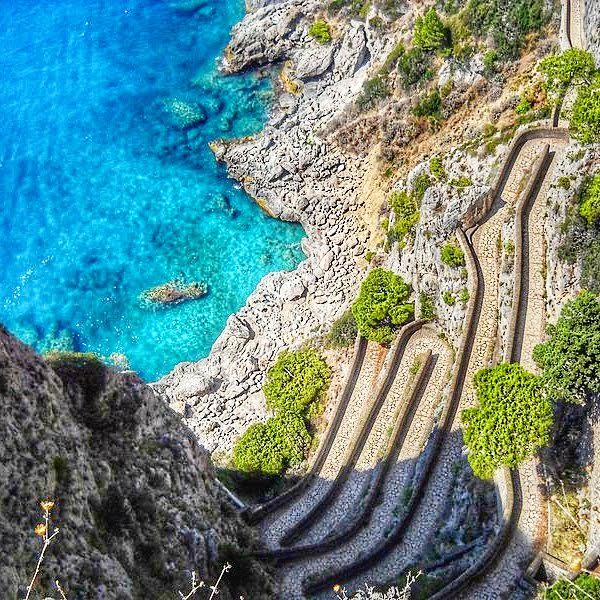
Capri is synonymous with luxury and tranquility – and the local authorities want to keep it that way.
The island has an unusual law: no excessively noisy footwear like wooden clogs or flip-flops that slap against the cobblestones.
The fine: around €50.
The reason: to preserve quiet for both residents and visitors.
Tip: soft-soled sandals or shoes are fine – just leave the clunky flip-flops for the beach.
Don’t Steal Sand or Shells in Sardinia
Those stunning white beaches in Sardinia? They’re strictly protected. Taking “just a small bottle of sand” or a few shells as a souvenir could cost you thousands.
The law: removing sand, shells, or pebbles from Sardinia’s beaches is strictly forbidden.
The fine: €500–€3,000 if caught, and airport security often checks bags for contraband sand.
The reason: the island’s unique beaches were being depleted by millions of small thefts.
Practical Tips: What Not to Do in Italy (and How to Avoid Fines)
- Read local signs: fines are usually clearly marked (even in English).
- Watch locals: if they don’t sit, eat, or touch something, you shouldn’t either.
- Plan ahead: wear appropriate clothes for church visits, carry luggage wisely, and book tickets for popular attractions in advance.
- Respect the city: Rome and Venice are living museums. What feels harmless (a sandwich on a monument, a dip in a fountain) has real consequences. Respect the rules in all the other cities.
Key Takeaway: Respect First, Fun Second – Avoid the Most Common Tourist Mistakes in Italy
From Rome to Venice, Florence to Cinque Terre, Italy’s new wave of laws isn’t about spoiling your fun – it’s about protecting fragile heritage, natural beauty, and local life from the impact of mass tourism.
If you want to avoid fines (and embarrassing moments):
- Don’t eat on monuments
- Dress modestly for churches
- Wear proper shoes for hikes
- Don’t take what isn’t yours (sand, shells, statues, pigeons!)
- Travel smart, respect the rules, and Italy will reward you with memories worth far more than a €500 fine.
Final Thoughts: Rules for Tourists in Italy – Travel Smart, Stay Fine-Free
ID 34701738 © Michal Bednarek | Dreamstime.com
Italy is one of the most beautiful countries in the world – but beauty comes with fragility. From the ancient streets of Rome to the canals of Venice, from Florence’s Renaissance treasures to Sardinia’s pristine beaches, every region faces the same challenge: balancing millions of visitors with the need to protect its culture, history, and environment.
These rules and fines aren’t about punishing tourists; they exist to safeguard landmarks, traditions, and daily life so that both locals and future travelers can continue to enjoy them.
If you remember nothing else, take this with you: treat Italy like it’s your host’s home. You wouldn’t carve your name into a friend’s furniture, drag mud through their living room, or pocket sand from their garden – and Italy deserves the same courtesy.
Travel smart, respect the rules, and Italy will reward you with unforgettable memories – the kind that last much longer than a €500 fine. The only hard choice you should face is whether to order pizza, pasta, or gelato for dinner.
FAQ: Tourist Rules and Fines in Italy
Do tourists really get fined in Italy?
Yes. Cities like Rome, Venice, Florence, and regions like Cinque Terre and Sardinia have strict laws to protect monuments, churches, and natural environments. Fines range from €50 for minor infractions (like noisy shoes in Capri) up to €10,000 for buying counterfeit goods.
Can you sit on the Spanish Steps in Rome?
No. Since 2019, sitting, eating, or drinking on the Spanish Steps has been banned. Fines range from €250 to €400, and they can be higher if the steps are damaged.
What should I wear when visiting churches in Italy?
Both men and women must cover their shoulders and knees in churches, monasteries, and basilicas (including St. Peter’s Basilica and St. Mark’s in Venice). There’s no fine, but you will be denied entry.
Is it illegal to swim in Italian fountains or canals?
Yes. Swimming or even dipping your feet in Rome’s fountains (like the Trevi Fountain) and Venice’s canals is banned. Fines range from €200 to €500.
Can I take sand or shells from Italy’s beaches?
No. In Sardinia, removing sand, pebbles, or shells is strictly prohibited. Fines range from €500 to €3,000, and airport security often checks for stolen sand.
What to avoid in Italy as a tourist?
Avoid eating on monuments, wearing shorts in churches, buying counterfeit goods, making noise in quiet towns, or taking sand from beaches. These are the key what to avoid in Italy rules every traveler should know.
Do these rules apply only to tourists?
Yes and no. They technically apply to everyone, but they’re mostly enforced on tourists since locals know the customs. The goal is to protect heritage, not to target travelers unfairly.
Photo sources (apart from Dreamstime and Capri): 1, 2, 3, 4, 5, 6


